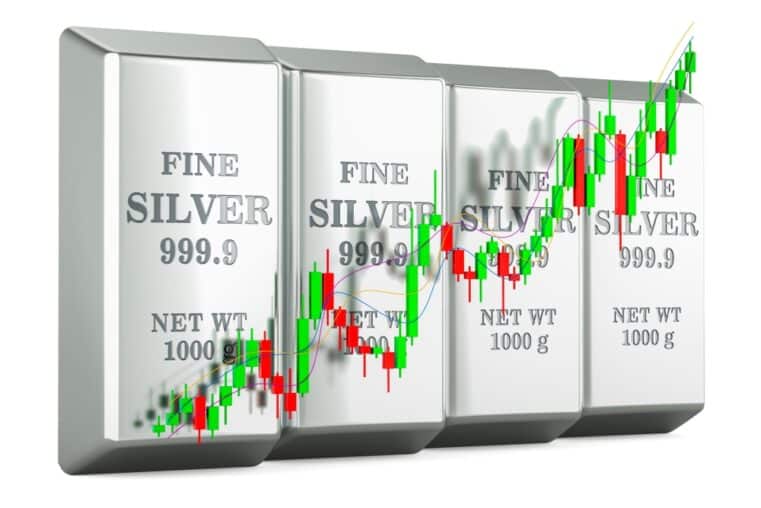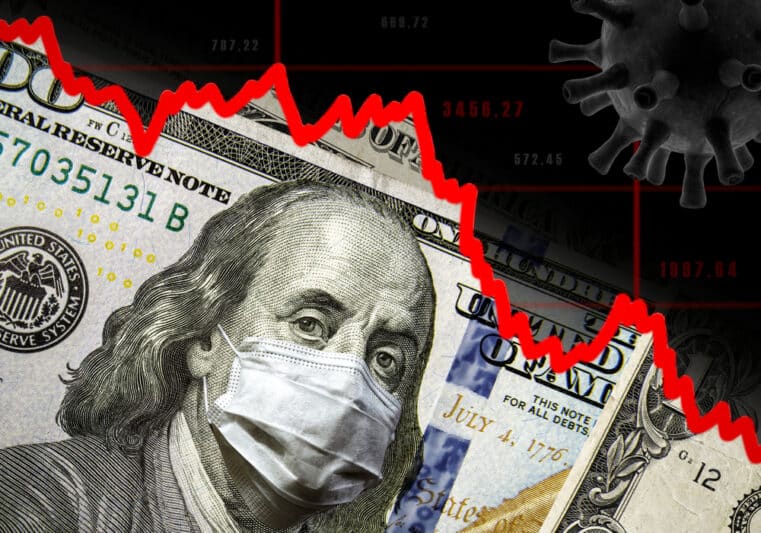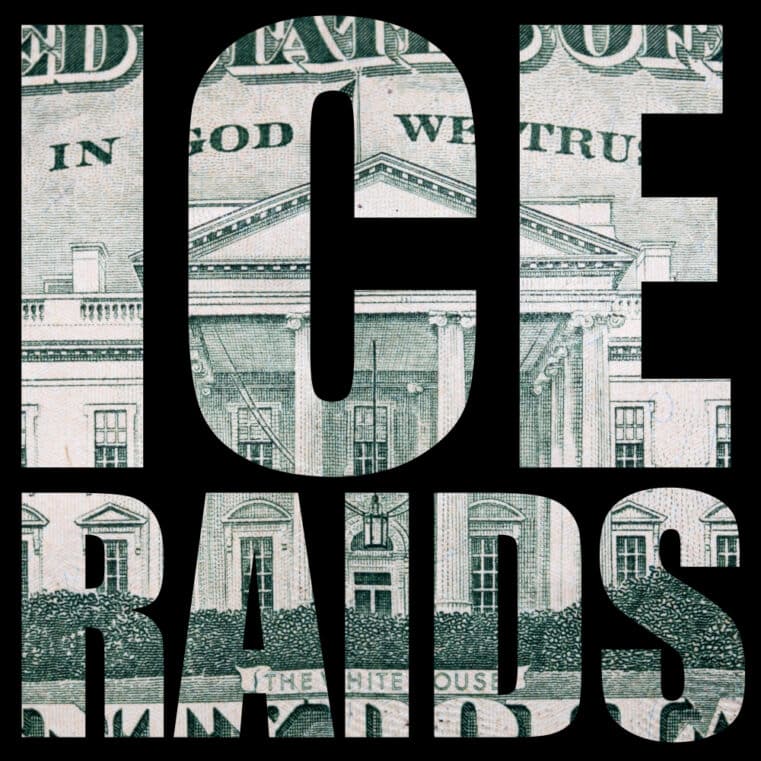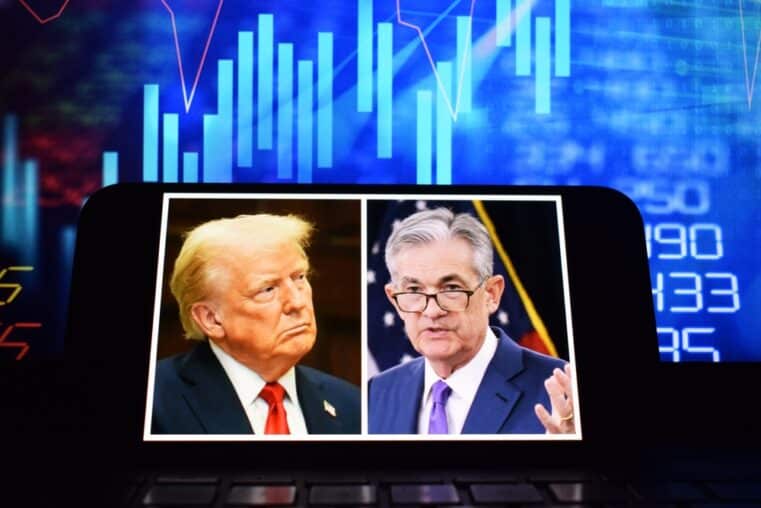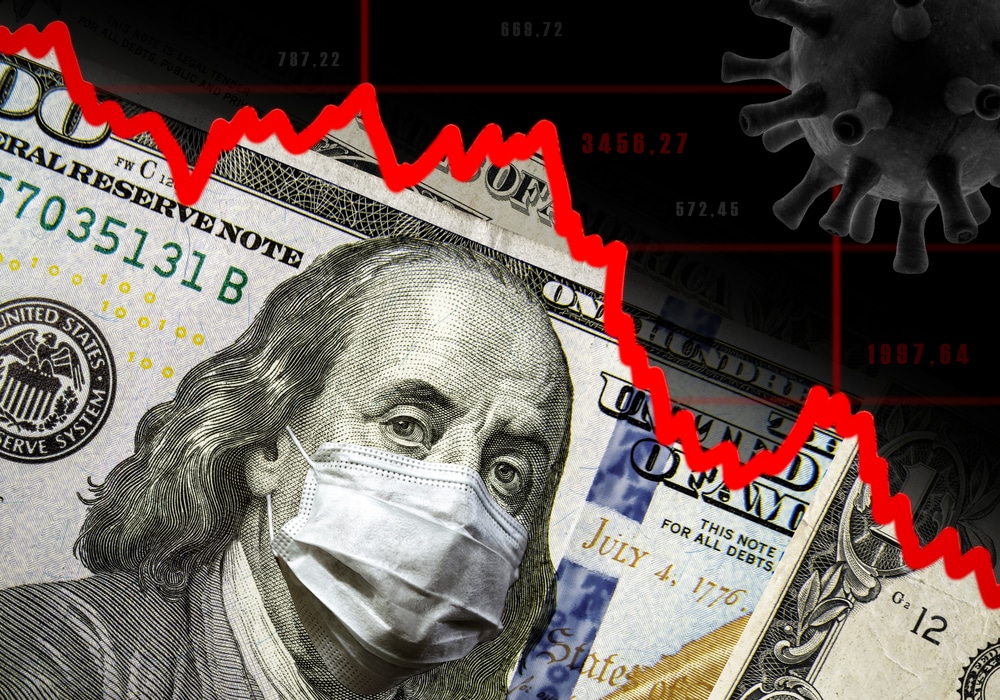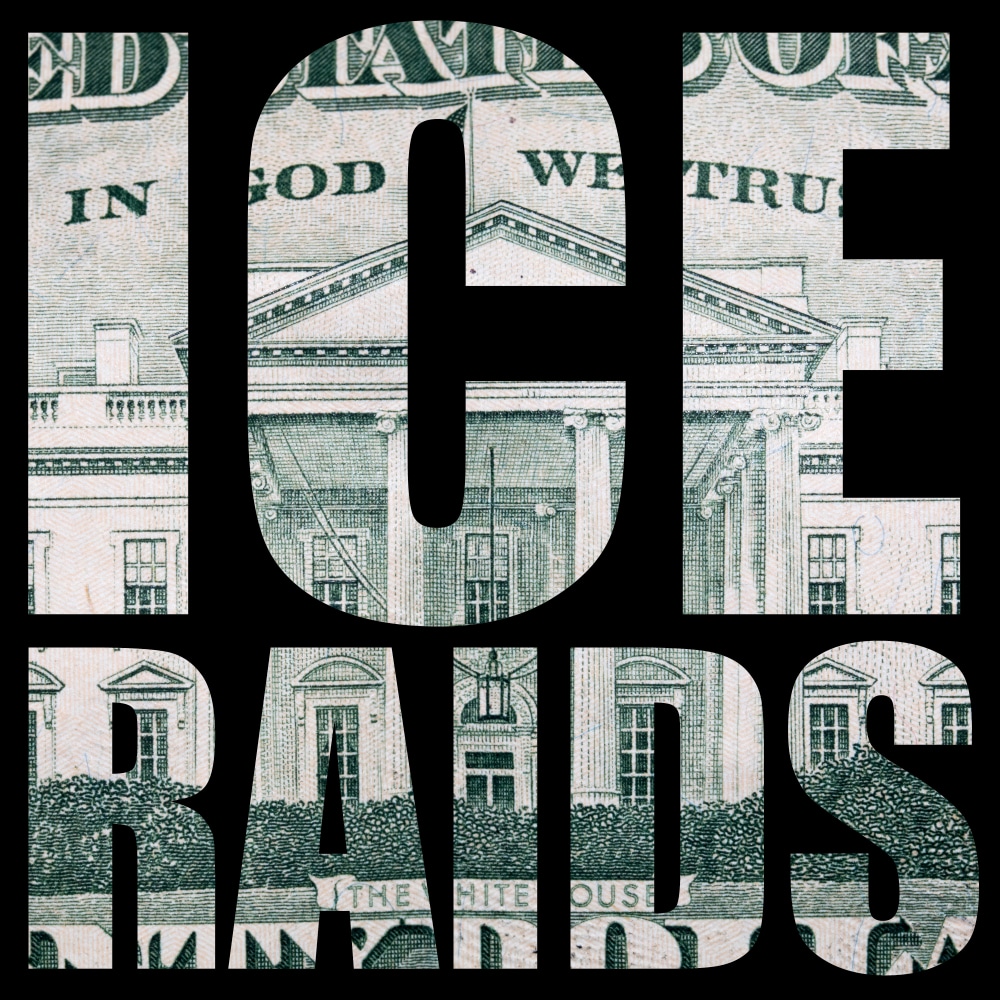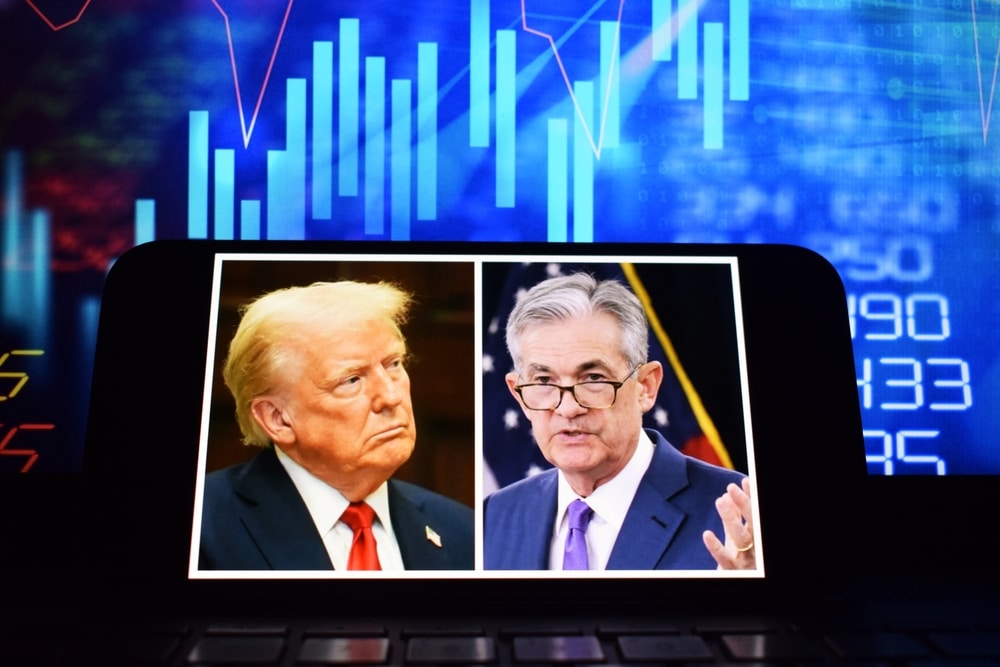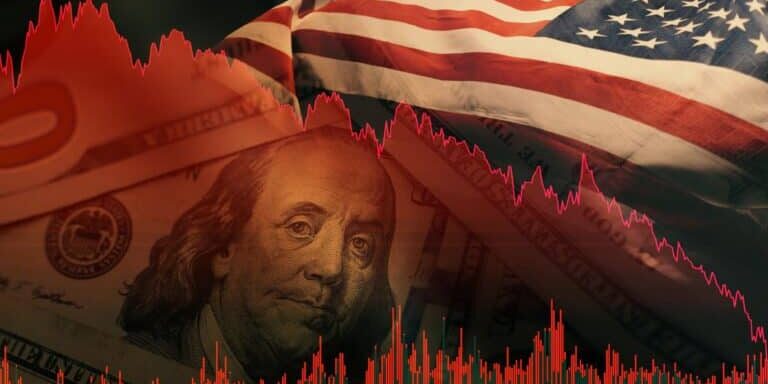
How Wall Street Cooks The Books And Lies To The American Public
This article is not a lesson on banking (I don’t want to put you to sleep!).
But it’s important to understand some basic banking rules in order to realize why the current banking crisis, which began in March, isn’t over.
Let’s start with what’s called mark-to-market accounting. It’s critical when it comes to determining asset prices and stock prices in particular.
The concept of mark-to-market accounting is fairly simple. Every bank or company has a balance sheet. On one side are assets — cash, stock, inventory, accounts receivable, real estate and a lot more.
On the other side are liabilities — debts, accounts payable, leases, deposits (if you’re a bank) and much more.
When you subtract liabilities from assets you get net worth or the so-called book value of a company as accountants see it. Actual market value can be much higher or lower than book value based on investor expectations and other intangible factors.
Mark-to-market accounting is simply the use of market prices to value your assets. Everything else flows from that.
The Pros and the Cons
The case in favor of mark-to-market accounting is that it allows investors to see the real net worth of the companies they are investing in and to judge the solvency of banks they are putting money in.
When a company has a negative net worth (liabilities exceed assets), you might not want to invest in it. When a bank has a negative net worth (for example, where the deposits are greater than the assets), you probably want to put your money elsewhere.
The case against mark-to-market accounting is that in highly volatile and crisis situations, valuations can go to extremes, and this can create a distorted view of what are actually solid enterprises.
The extreme fluctuations in value can take a volatile market and turn it into a panic.
At certain times, banks have assets that are in good standing and likely to pay off in full at maturity but that go to extremely low valuations in a panic or fire-sale conditions.
Historic Cost
Another way to evaluate asset prices is through what’s called historic cost. Historic cost is what you paid for the asset when you bought it. Using historic cost accounting helps the bank to appear solvent and to get through temporary panic conditions.
Banks can use historic cost accounting for securities “held to maturity” but must use mark-to-market accounting for securities in a trading portfolio.
Various regulatory bodies such as the SEC and the Fed are responsible for applying those rules to specific entities under their jurisdiction or supervision and can create further exceptions.
We’ve seen this tension between historic cost accounting and mark-to-market accounting play out in real life over the past 25 years.
In the aftermath of the Enron and WorldCom scandals (2001), there was a view that the companies had used historic cost accounting to cover up losses and defraud investors. That led a movement to mark-to-market accounting that was reflected in the Sarbanes-Oxley Act (2002).
But by the time of the global financial crisis (2007–2009), there was a view that mark-to-market accounting was causing financial panic because subprime mortgages were crashing in value and taking the banks with them.
At that point, the pendulum swung the other way and mark-to-market accounting was eliminated for all financial assets except actively traded securities. This allowed banks to put their mortgages in the held-to-maturity account and sweep the problems under the rug.
A Green Light for the Banks
One fascinating aspect of the switch to historic cost accounting is that it coincided almost exactly with the bottom of the stock market crash in 2008–2009. Technically, regulators didn’t abandon mark-to-market accounting. Instead, they said the “market price” could be based on orderly markets rather than panic markets.
That gave banks and other companies enormous leeway in deciding what their assets were worth, and, by extension, what their stock price should be.
The decision was widely expected to be adopted by March 2009. That was the exact date when the stock market hit bottom — March 9, 2009.
In other words, big investors understood that regulators and the government were going to cover up the problem by changing the accounting rules in favor of banks. That was a big green light to buy stocks. The stock market rally has been going on ever since.
Lesson to investors: Don’t worry about fundamentals; just watch how the government rigs the game.
The Fed Is Insolvent
What about our central bank? The Fed has a balance sheet too and it’s publicly available. The Fed is technically insolvent on a mark-to-market basis because of all their long-term notes and bonds.
Those assets have dropped in value because of interest rate increases. But the Fed does not mark-to-market. They hold their securities at historic cost regardless of the actual market value.
Still, you can mark the Fed’s balance sheet to market yourself using publicly available information.
That analysis reveals the insolvency of the Fed.
I once had a private conversation with a member of the Board of Governors of the Fed. After some prodding, she admitted to me the Fed was insolvent. But she then said, “Central banks don’t need capital.” Interesting.
Be careful with the Fed balance sheet, however. They have one asset which is not marked to market that is worth $400 billion more than the value shown on the balance sheet.
That’s gold.
If you’re going to mark the Fed’s balance sheet to market, don’t forget to give them credit for the undervalued gold!
Many Banks Are Insolvent
As for commercial banks regulated by the Fed, there’s very little doubt that a substantial majority of member banks are insolvent on a mark-to-market basis due to the fact that they loaded up on Treasuries when rates were 2–3%. With rates now at 5%, their Treasuries and mortgages are 20% underwater.
Mitigating that situation are the following:
- Banks don’t mark-to-market (except for trading accounts) so the losses are mostly hidden.
- About 10 banks are genuinely too-big-to-fail (including BoA) so the market just doesn’t worry about them.
- The Fed has offered to loan par value on Treasuries offered by any member bank even if they are worth 80% of par. This should keep the insolvency from tipping into illiquidity, which is the real problem for banks.
That said, there are about 20 banks with $100–800 billion in assets that are insolvent but not too-big-to-fail. They are highly vulnerable to a Silicon Valley Bank-type collapse.
Prepare for Stage 2 Contagion
It’s also important to distinguish between individual bank failures and a systemic banking crisis. When individual banks fail, the depositors and creditors are usually protected but stockholders can get wiped out.
In a systemic banking crisis, the contagion goes from bank to bank quickly, and the entire system has to be rescued with some combination of blanket deposit guarantees and unlimited QE.
In the worst case, you either have to shut the banks (which FDR did in 1933) or nationalize them (which some countries have done from time to time. NatWest was partly nationalized in 2008).
Either a single bank failure or a systemic crisis could happen at any moment. The actual trigger is a bit mysterious and mostly psychological because the fundamental problems have been there all along.
Investors should prepare for Stage 2 of the banking crisis by increasing cash allocations and reducing exposure to the midsized regional banks.
You should also be cautious of companies where the market value is greatly in excess of book value. That premium can disappear quickly in a recession.
This slow-motion crisis can become a real-time crisis very quickly.
Originally published by: James Rickards on Daily Reckoning



